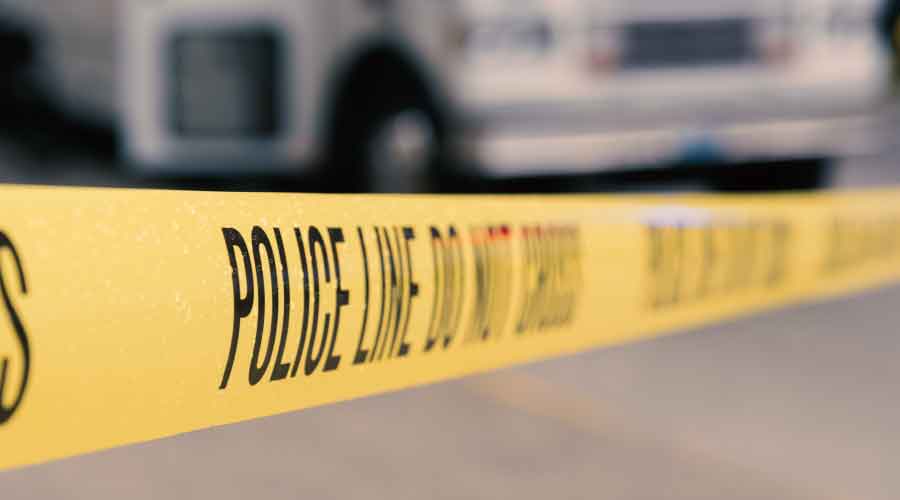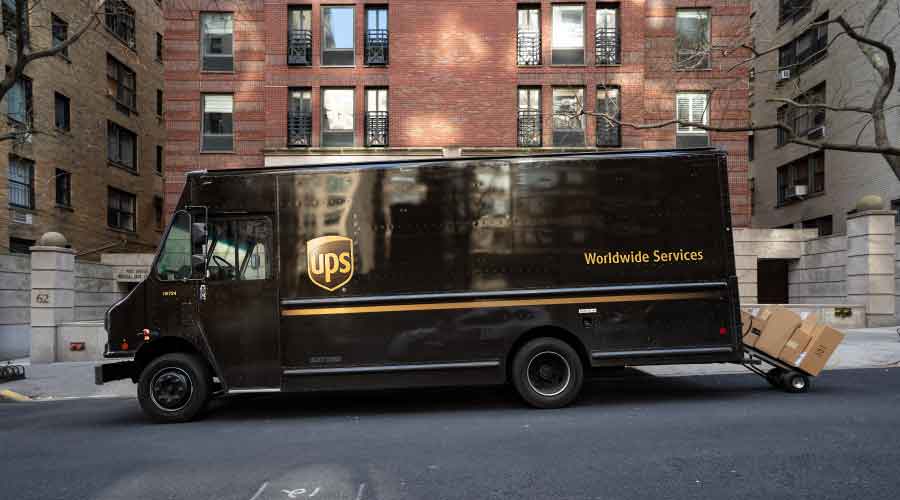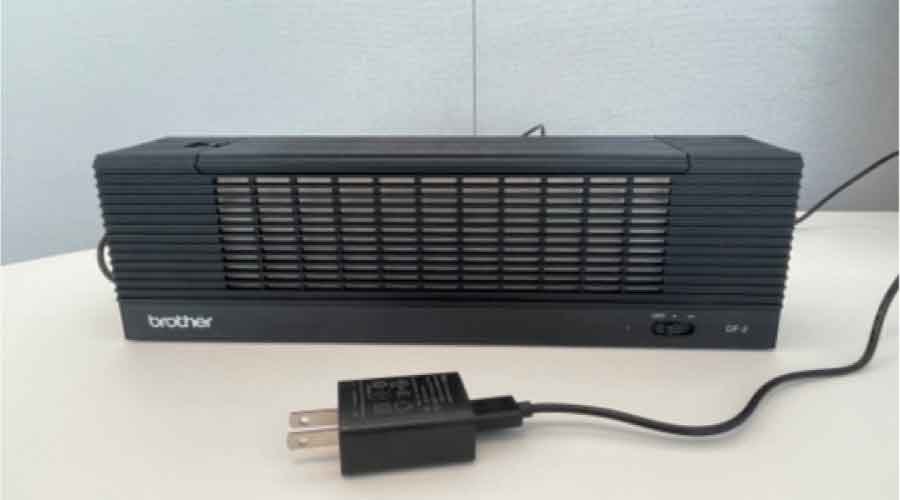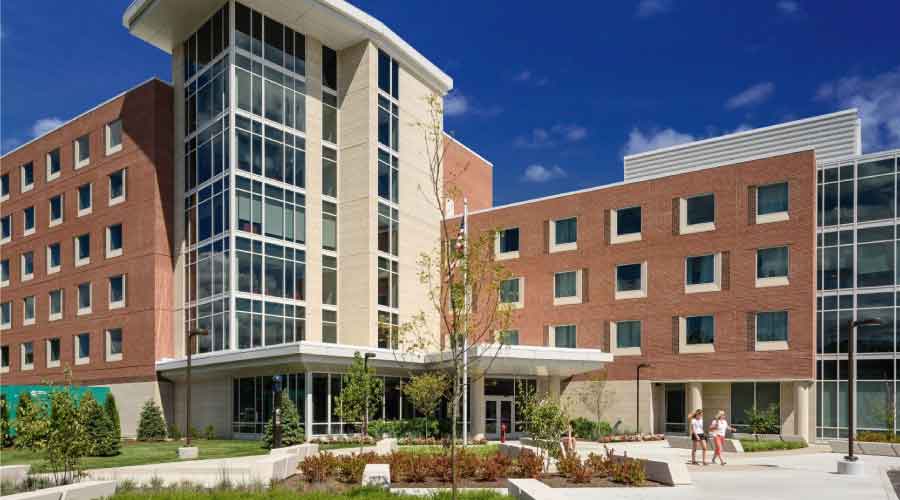
Latest School Shooting Brings Security of Students Back into Headlines
St. Louis school did many things right. How did the tragedy still occur? November 1, 2022
By Dave Lubach, Managing Editor
“Every building has weaknesses.”
True, but chilling words from the interim police chief with the St. Louis Metropolitan Police Department after the latest school shooting that left two plus the gunman dead on October 24 in St. Louis.
School leaders and facility managers are growing all too familiar in dealing with the aftermath of school shootings across the country. In the days after each tragedy, school personnel and the authorities assess what happen, and how the shootings can be avoided.
In some situations, no physical barriers, such as locked doors, are in place to deny a shooter entry into the school. In other shootings, like during the May 24 massacre when 19 students and two teachers were killed in Uvalde, Texas, the lack of police response is startling. But as appears to be the case in the St. Louis shooting, the doors were locked, security guards were on site, and the school was equipped with metal detectors. Yet, still the tragedy occurred.
The aftermaths of school shooting tragedies have become all too familiar. The national debates typically focus on gun control and mental health, but in institutional and commercial facilities, the discussion focuses on security.
A report from the U.S. Secret Service from 2019 revealed that many of the mass shootings from 2008 to 2017 could have been prevented if the school systems had implemented prevention measures to identify students of concern and assess their potential risk for engaging in violence or other harmful activities, wrote FMD Senior Editor Dan Hounsell in 2020.
That same Secret Service report found that 80 percent of the schools involved in shootings had a physical security measure and two-thirds had full- or part-time resource officers.
What can facility managers do in the aftermath of such tragedies? It’s always a good time to review entryways into the schools and assess security risks. Cameras and door contacts on exterior doors can help issue alerts when doors are left open, exposing students and faculty to risk.
The most basic actions managers can take is to simply start (or continue) the conversation about the best ways to keep schools safe. Every shooting is an opportunity for school districts to review and assess their active shooter programs. Managers should involve school leadership and local authorities in any discussions, and keep students in the loop about plans to keep them safe when they’re inside the school’s walls.
Dave Lubach is the managing editor of the Facility Market.
Next
Read next on FacilitiesNet












